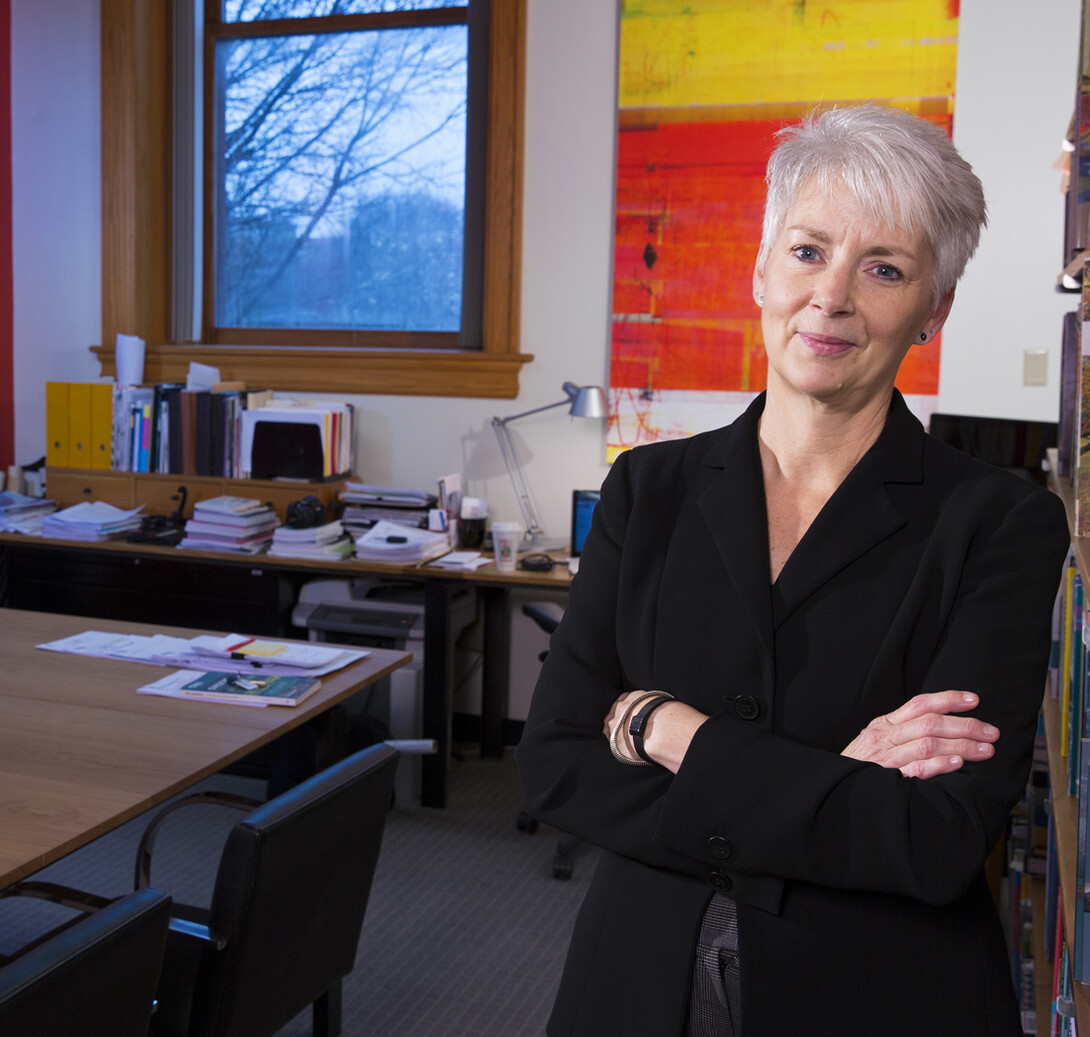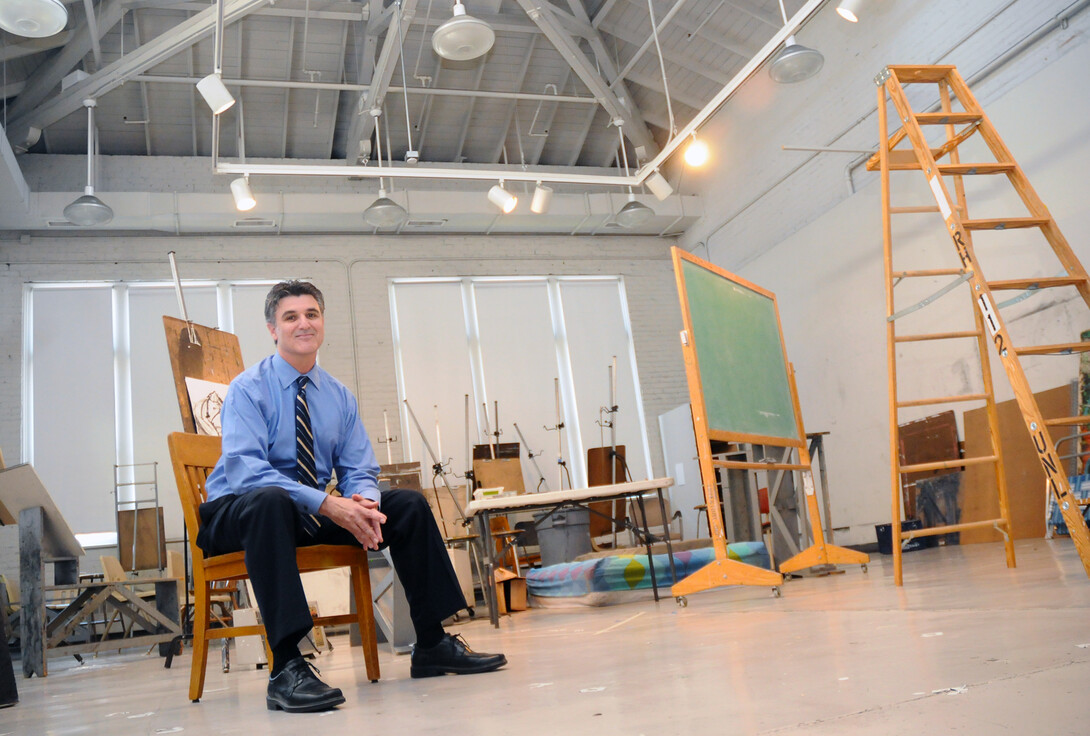
Two UNL colleges will consolidate to build new programs that attract today’s students and expand research collaborations, top campus administrators said.
Chancellor Harvey Perlman and Ellen Weissinger, senior vice chancellor for academic affairs, announced last week an initiative to create the new UNL college, which will unite the College of Architecture and the Hixson-Lied College of Fine and Performing Arts, pending approval by the University of Nebraska Board of Regents.
Faculty and staff from both colleges will develop a strategic plan that would successfully launch the new college, which will continue to carry the prestigious Hixson-Lied name, by July 1, 2015.
The Hixson-Lied College of Fine and Performing Arts and College of Architecture share much in common and stand more to gain by creating a larger and more diverse college than by remaining separate, administrators said.
“The primary justification for creating a new college is to take advantage of the extraordinary opportunities that can be achieved by bringing talented design-oriented faculty into a single academic unit,” Perlman said.
The initiative will allow faculty to create new design programs of national distinction that meet student demand while also building connections across the design curriculum in areas such as industrial, environmental and architectural design; visual communication design; and interactive and new media design.
“This new college will be an incubator for entrepreneurs in the arts and design fields. It will allow more students to study traditional majors in the arts or architecture and also practice broader skills at the intersection of design and computational thinking,” Weissinger said. “It will accelerate our ability to create new majors that connect to arts and design related industries.
“Our students want and need to learn in environments that bring together diverse fields and professions. We hear that consistently from employers and families alike.”
In addition, combining operations and administrative structures of two colleges will create efficiencies that better support and sustain growth. Combinations of colleges of architecture and other disciplines are common; Penn State University, the University of Illinois at Urbana-Champaign and Carnegie Mellon University have consolidated fine and performing arts and architecture colleges.
“UNL is a medium-sized research university, and we have to be even more strategic than our peers about maximizing our existing resources,” Weissinger said. “The creation of the new college is just the latest example of a trend on our campus to create larger, more diverse academic units that can achieve at a much higher level.”
In 2003, two UNL colleges joined together to create the College of Education and Human Sciences. In its first decade, CEHS has increased undergraduate enrollment by nearly 25 percent, doubled its research funding and built nation-leading programs in human sciences and in education.
In 2012, the College of Engineering created the department of Mechanical and Materials Engineering from two smaller departments and the campus has just released a plan for a new Department of Electrical and Computer Engineering, which would unite two existing departments. These larger departments are designed to produce more engineering graduates and attract higher levels of industry partnership and external support for research projects.
Similarly, UNL’s newest college incorporating fine and performing arts, architecture and related programs will enjoy the ability to grow scholarly, creative and professional activities, build stronger partnerships with the professional community and foster new research partnerships across campus, administrators said.
A steering committee of faculty and staff will be formed to design a collaborative process for launching the new college. The committee will be led by Kim Wilson, interim dean of the College of Architecture, and Charles O’Connor, dean of the Hixson-Lied College of Fine and Performing Arts. O’Connor will become the inaugural dean of the new college.
Faculty, staff, students and external stakeholders will be engaged throughout the process, administrators said.









